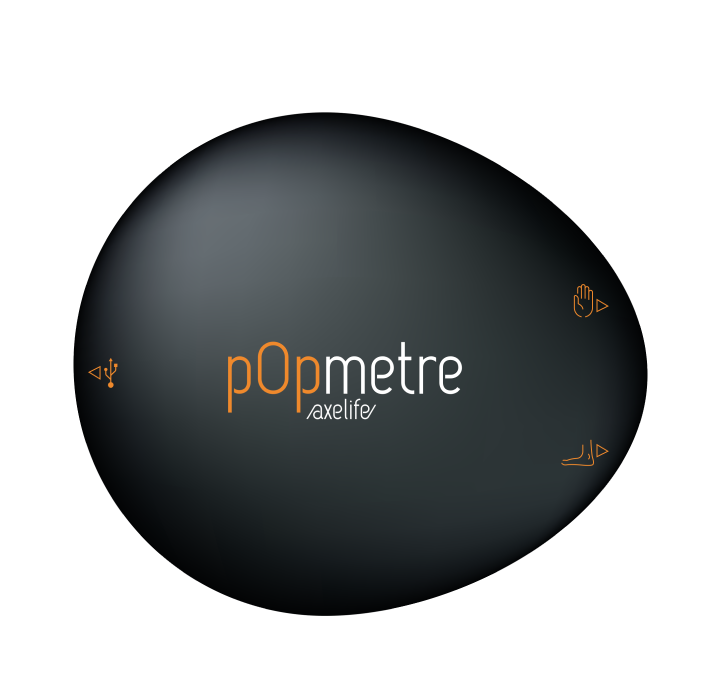What if we fought against cardiovascular diseases as we fight against cancer
This is the theme of the book written by Dr. Michael V. McConnell, in which he shares the stories of his family, his patients, and his research in order to present a modern and effective approach to preventing, detecting, and treating heart disease like cancer to avoid its disastrous consequences.
Cancer and cardiovascular disease : the same fight ?
These two diseases have a lot in common:
- Cardiovascular diseases and cancer are the two leading causes of death worldwide. Globally, cardiovascular diseases kill nearly 20 million people per year and are the leading cause of death. In France, they are in second place behind cancer but are the leading cause of death for French women.
- Cardiovascular diseases and cancer also share the significant impact of hygienic-dietary behaviors on the fraction of risks attributable to these diseases. More than 40% of new cancer cases detected each year are linked to exposure to avoidable risk factors. The Interheart study revealed that nine modifiable risk factors explain more than 90% of the risk of heart attack in men and 94% in women.
Despite this, people's perceptions of these two pathologies are very different.
While over the past 20 years, several organized screening programs have been implemented in the field of cancer (breast cancer in 2004, colorectal in 2008, and cervical in 2018), there is nothing equivalent in the field of cardiovascular diseases.
These programs involve many actors at the national level (the DGS, HAS, CNAM, INCa, Public Health France, ANSM, CNIL, etc.) and at the regional level with the ARS, particularly, and the involvement of healthcare professionals. They are valued at several hundred million euros. Even if the results of these programs fall short of expectations, they contribute to improving care and raising awareness in this field.
It might be interesting to have a similar approach in cardiovascular diseases concerning screening and prevention.
The atherosclerotic plaque : "a growing tumor"
In "Fight Heart Disease Like Cancer," McConnell explores the fascinating biological similarities between atherosclerotic plaques and cancerous tumors, highlighting why a similar prevention and treatment strategy should be considered for these two major medical conditions. This innovative angle opens a new perspective on the fight against heart disease, inspiring a more proactive and targeted approach similar to that adopted against cancer.
"We continue to view heart disease as merely a problem of clogged pipes that need to be opened," he writes in the book. "It is rather a growing tumor in our cardiac vessels that can become malignant and requires serious care - and frankly - to be stopped."
He reminds in his book that the very word "atheroma" comes from the Greek athêrôma, "fatty tumor," derived from athêra, "flour porridge," and that science has now clearly shown that these "tumors" of the plaque become biologically active, with cells dividing, attracting inflammatory cells, and growing for a while inside the arterial wall without causing symptoms.
The plaque can rupture and cause a blood clot. Thus, you can go from no blockage to complete blockage very quickly.
His goal is to underline that heart diseases represent more a biological complexity than a simple plumbing problem. Just as oncologists look for early signs of cancer, cardiovascular specialists must also detect the early biological activity of heart diseases. Early detection and intervention can significantly slow down, or even reverse, their progression.
Arterial stiffness : screening the most at risk patients
Generally, plaque begins with fat infiltrating the artery walls. The three major "growth factors" are inflammation, glycation, and oxidative stress. These are related to well-known risk factors – hypertension, dyslipidemia, diabetes, smoking, etc. Then, our immune system sends macrophages, which are cells meant to engulf matter and dispose of it. They ingest a large part of the fat, but instead of eliminating it, the macrophages die within the blood vessel walls; these dead cells continue to trigger more inflammation.
It's these factors that make the plaque more "malignant" and likely to burst. Atherosclerosis is the most advanced form of arteriosclerosis - the stiffening of the arteries - due to vascular remodeling related to the patient's exposure to various cardiovascular risk factors.
Stiff arteries will contribute to reinforcing hypertension, increasing the risk of organ damage because they no longer play their role in cushioning pulsatile pressure (in the kidneys or brain) and contribute to heart failure and the development of atherosclerosis.Identifying the most at-risk patients means identifying those who are in advanced vascular remodeling - early vascular aging. To do this, risk scores (Framingham, SCORE 2, etc.) are not sufficient to identify the most at-risk patients for plaque formation, and it's not feasible to perform a scan on all patients...
